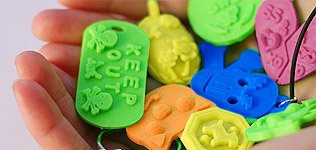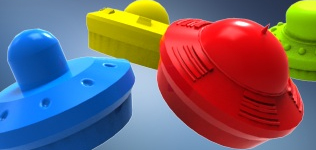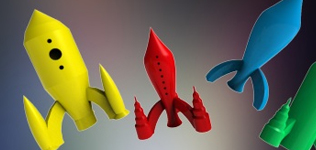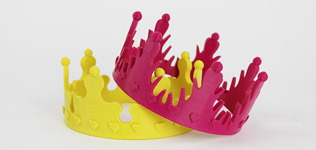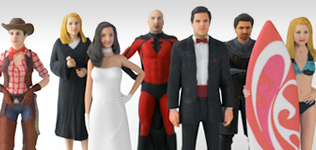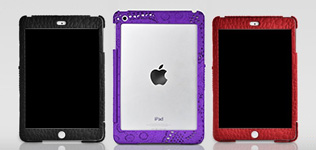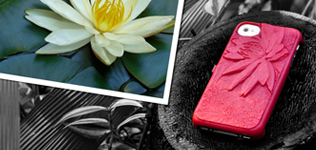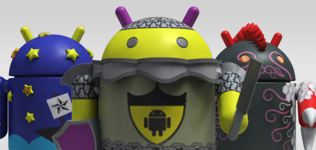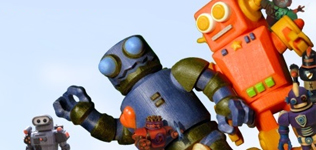Some months ago 3D Systems made the unusual appointment of artist will.i.am as their Chief Creative Officer. Now we see the first fruit from that move: the EKOCYCLE personal 3D printer.
Read More
Some months ago 3D Systems made the unusual appointment of artist will.i.am as their Chief Creative Officer. Now we see the first fruit from that move: the EKOCYCLE personal 3D printer.
Read MoreTo no one’s surprise, Cubify finally made their latest 3D printers available - for pre-order.
Read MoreWhile Cubify has been selling their inexpensive handheld “Sense” 3D scanner for some months, it is now supported under OS/X.
Read MoreAt CES this year we were quite impressed with a gigantic dollhouse filled with 3D prints. Little did we know there was more to the story.
Read More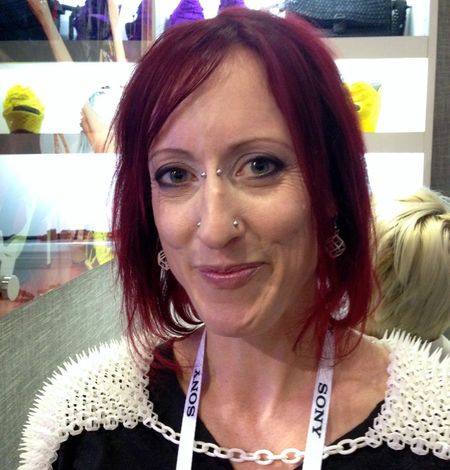 If you hit the Cubify site now, (dubbed “2.0” by 3D Systems), you’ll see much deeper content, specifically in the fashion and decor genres. To create all this content 3D Systems has hired a group of designers who are dedicated to producing outstanding 3D content. We spoke to one of them, Annie Shaw, pictured above.
If you hit the Cubify site now, (dubbed “2.0” by 3D Systems), you’ll see much deeper content, specifically in the fashion and decor genres. To create all this content 3D Systems has hired a group of designers who are dedicated to producing outstanding 3D content. We spoke to one of them, Annie Shaw, pictured above. | Features | Replicator Mini | Cube 3 |
| VOLUME | 1250cc | 3851cc |
| PLASTIC | PLA only | PLA and ABS |
| CASE | Black | Black or White |
| LAYERS | 0.200mm | 0.075mm |
| MATERIAL | Generic PLA | Cubify only |
| PRICE | USD$1375 | USD$999 |
| WARRANTY | Optional | 90 days |
| PLATFORM | Windows/Mac/Linux | Windows/Mac |
| EXTRUDERS | One | Two |


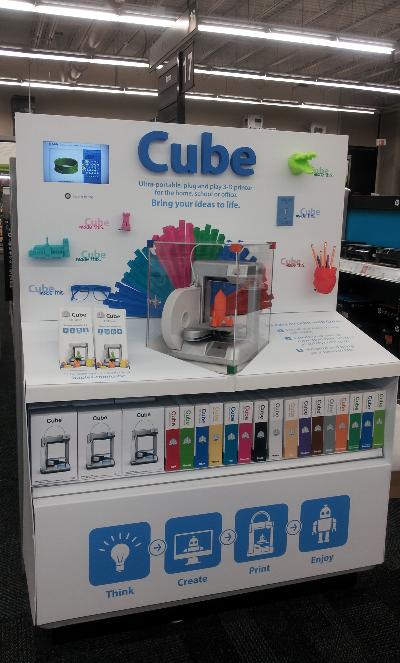

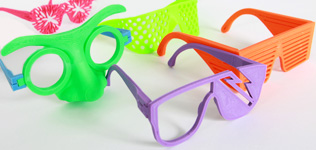
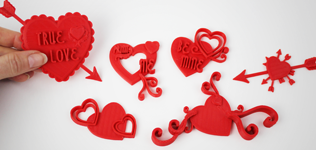
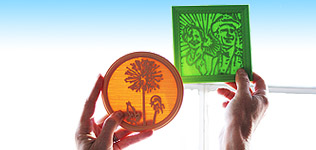
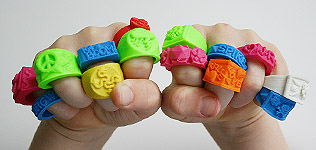
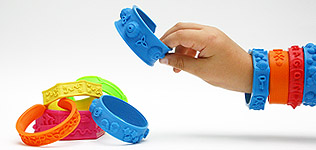
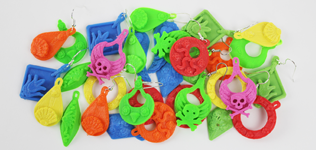 Cubify Earrings: Mix and match components and design features to create amazing earrings.
Cubify Earrings: Mix and match components and design features to create amazing earrings. 